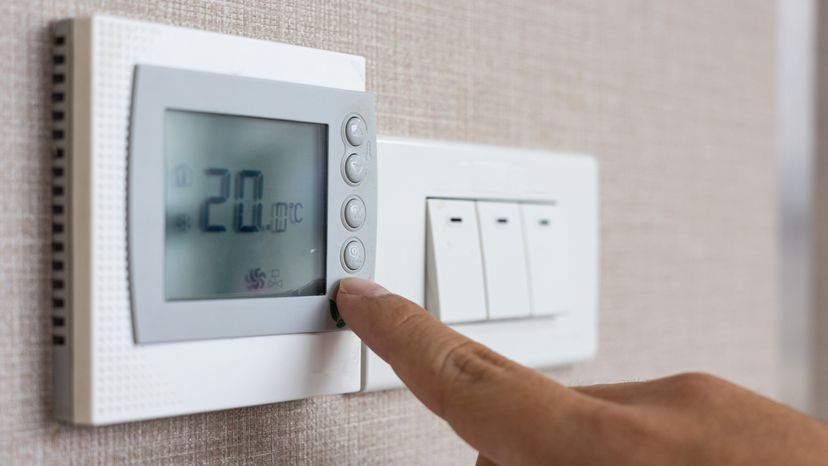
A thermostat is a highly sensitive control instrument that responds to even the slightest changes in temperature. While it has fewer parts to malfunction than the other components of your heating and cooling system, it can be a source of problems.
A thermostat cover that's improperly installed or inadvertently bumped can cause the heater or air conditioner to fail to start. Or the thermostat base may slip out of level, causing it to operate incorrectly. A far more common problem, however, is dirt. Dirt can affect the thermostat's calibration and interfere with its operation. If a thermostat set for 70 degrees Farenheit, for example, is really maintaining the temperature at 73 degrees Farenheit, the additional energy used can increase your fuel bill by as much as 7 percent. To prevent this, check your thermostat for accuracy every year before the heating season begins.
Advertisement
Other problems with a thermostat can often be traced to switches on the base and wires near the bimetallic element that loosen and become corroded. Tighten loose connections with a screwdriver, and use a cotton swab to clean away corrosion.